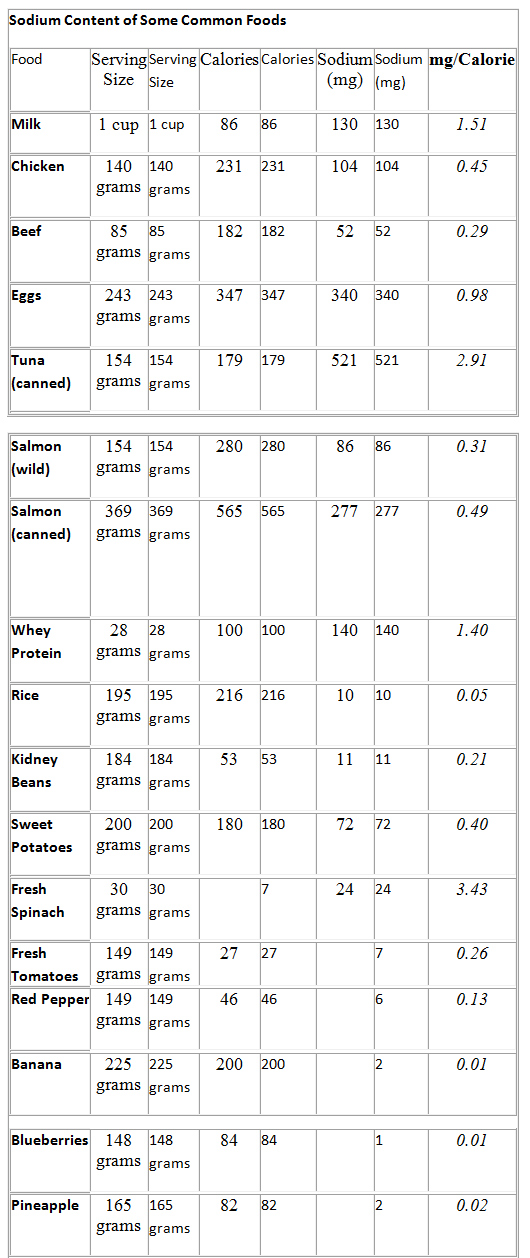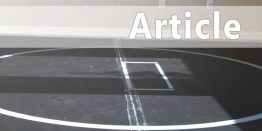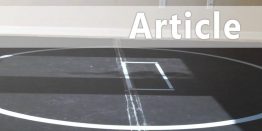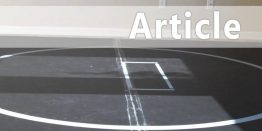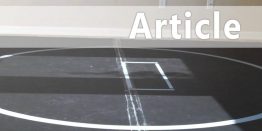| Cutting Weight for Wrestling: 3-Step Sodium
By: Dalton Oliver Provided by: Stack.com
Sodium is important for optimal hydration, but it can also cause your body to store excess water weight. Rather than focusing on cutting calories, it might be preferable to cut sodium to lose weight. Cutting too many calories can leave you feeling flat and quick to fatigue. Improper nutrition may also have carry-over effects that last days after the competition. And if you can cut water weight to a safe but significant extent without diuretics, all the better. 3-Step Sodium Strategy Your body adjusts to different levels of sodium, so it's important to measure and track during the days leading up to weigh-in. If you lower your sodium intake too many days before competition, your body will start holding sodium—negating much of the process. Essentially, the amount of sodium you should cut depends on how much you already take in, and you should make the cut close to weigh-in day. When it comes to manipulating sodium levels (as with everything in life), timing is everything. Wrestlers often consume more calories per day than non-athletes. For this reason alone, they most likely consume higher amounts of sodium. Wrestlers also break a sweat more quickly and sweat more than their non-athletic counterparts, making sodium an important part of their hydration strategy. This is why recommendations for sodium intake are often higher for athletes who engage in demanding training programs. So instead of comparing your sodium intake to the general recommendations, take a relative approach. Keep track of how many milligrams of sodium you consume starting three days before your sodium de-load. Step 2: Reduce sodium intake by 10%, 20%, and 50% in the three consecutive days leading up to weigh-in. Do not exceed 5 percent loss of body weight from water. Doing so will have adverse effects on your health and performance. Take the number from Step 1 and reduce it by 10% on Day 1 of the de-load, 20% on Day 2, and 50% on Day 3. Example: An athlete who averages 4,000 mg/day • Day 1 (72-48 hours prior): 3,600 mg This strategy assumes you do not engage in high-volume aerobic training, but instead taper your workouts leading up to the event. If you are not familiar with proper tapering protocols or hydration strategies, do not attempt dehydration or sodium de-loading. After you have tested this strategy at least once during the off-season, adjust the percentages based on your tolerance. Below is a custom chart (for sample purposes) with the amount of sodium per calorie listed to the right. Notice how some foods might be better choices of protein or carbohydrates during a sodium de-load cycle. It's important to point out here how we can manipulate sodium intake while maintaining caloric intake (at least to some extent). Essentially, this approach allows us to cut weight (temporarily) while maintaining energy stores. Sodium Content of Some Common Foods
Step 3: Use a sodium reloading/rehydration protocol immediately upon weigh-in. At least 50 percent of your body weight lost from dehydration can be recovered within 180 minutes of weigh-in via sports drinks. This may or may not be practical, depending on the time of the first match and extent of the weight lost, but it gives you an objective goal for rehydration. Water alone is not sufficient for optimal rehydration of a dehydrated athlete who has lost sodium due to sweating or cutting (Shirreffs and Sawka, 2011; Shirreffs et al., 2004). Depending on the weight-loss program, carbohydrates are most likely needed to replenish glycogen anyway, making sodium- and carb-rich sports drinks a great asset. Takeaway Sodium is well-regulated by the body, calling for a systematic and relative (as opposed to absolute) strategy. Developing and refining a systematic approach for yourself or your athletes might yield a safer and more effective alternative than other weight-loss strategies. Caveats This article is meant simply to offer perspective. Individual strategies can and should be refined to meet specific needs. This article also assumes you have normal blood pressure, are between the ages of 15 and 30, and do not engage in high-volume aerobic work or profuse sweating 48 hours prior to weigh-in. If you have any nutrient deficiencies or medical conditions or take medication that may impact blood pressure, see a registered dietitian/sports dietitian before engaging in any weight loss routine, especially one that manipulates fluid balance and sodium levels.
Kamijo Y, Ikegawa S, Okada Y, Masuki S, Okazaki K, Uchida K, Sakurai M, Nose H. (2012). "Enhanced renal Na+ reabsorption by carbohydrate in beverages during restitution from thermal and exercise-induced dehydration in men." Am J Physiol Regul Integr Comp Physiol, 303(8):R824-33. Shirreffs SM, Armstrong LE, Cheuvront SN. (2004). "Fluid and electrolyte needs for preparation and recovery from training and competition." J Sports Sci, 22(1):57-63. Shirreffs SM, Sawka MN. (2011). "Fluid and electrolyte needs for training, competition, and recovery." J Sports Sci, 29 Suppl 1:S39-46.
|



